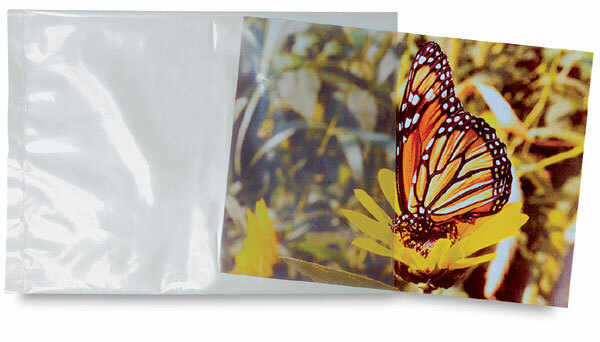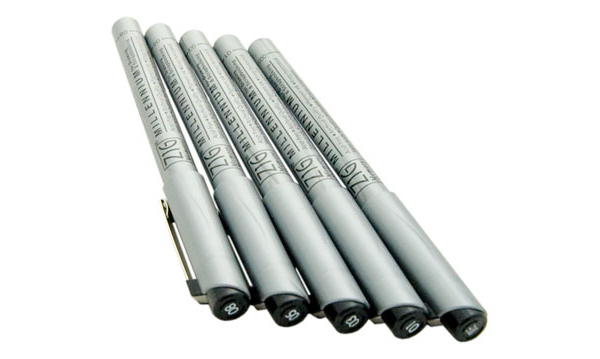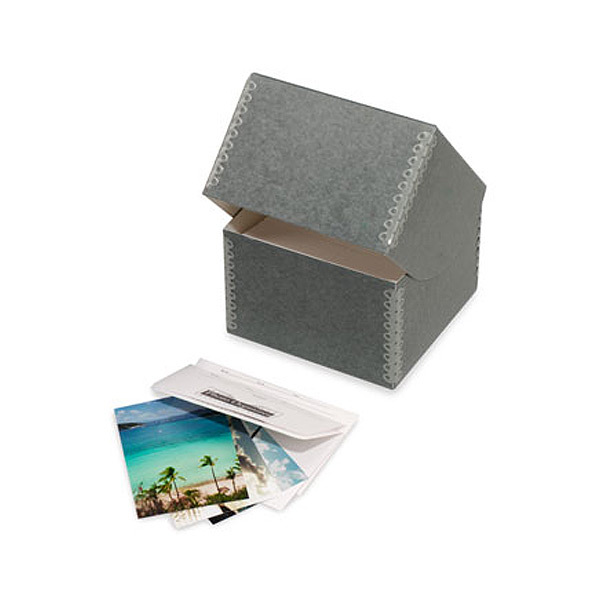How to Preserve Photographs and Canvas Prints Forever
by Cody Johnson | Jan 15, 2014 | How Tos
Every one has special photographs that hold special meaning for us. They could be photographs of our parents or grandparents. Or even photographs from our childhood. We may even have more recent photos or photos on canvas that aren't being displayed, but we want to preserve these memories correctly. How can this process be achieved? What are the best techniques to keep a treasured photograph from disintegrating with time? Techniques required for this process aren’t as involved as you may think! It requires a little time, but preserving your memories is definitely worth it. Here are some simple steps on how to preserve photographs and canvas prints.
Properly removing and preserving photographs requires the following materials:
- Plastic food storage bags - can be used to store smaller sized photographs.
Follow the steps outlined, to properly preserve cherished photographs:

- Carefully remove photographs from frames or albums if required.
- Remove glue, dirt, or paper stuck to the picture. If the glue or dirt doesn't come off easily then don't force it off and definitely don't use abrasive cleaners. This could further damage the photograph. Just leave the photo as is if dried glue, dirt, etc doesn't come off.
- Label the photograph by writing on the back, using only an acid free soft-tipped marker or felt pen. Other types of writing tools will cause damage to your picture.
- Place labeled photograph into a plastic storage bag. You can use Ziploc storage bags! Be sure to release any air trapped in the bag before completely sealing it. If a photograph is too large for the plastic bag, you need to use PVC-free photograph sleeves to protect the picture. You can purchase these online or from camera stores. Carefully, slide the photograph into the sleeves, sealing them tightly. *Note: If you have a large amount of photos then you can put several into the plastic bags for keeping. If there are ones that are special to you then put just that one into its own bag.
- Use only PVC-free or metal storage boxes for storing photographs. These photograph storage boxes come in an array of colors and designs so you can leave them visible in your home. When placing photographs in storage boxes, separate each sealed photograph with a piece of high quality, acid-free paper, preventing photographs from sticking to one another. Create a layered affect with your photographs and the acid-free paper. Pack photographs tightly in storage boxes to prevent warping.
- The final photograph in the box should have 2-3 pieces of acid-free paper placed on top of it, for added protection.
- Store these photograph boxes in a cool, dark place for safekeeping.

Important Tips to Remember on How To Preserve Photographs are:
- Don’t store photograph boxes in the garage, basement, or attic. Temperature fluctuations or water damage could ruin photographs!
- High humidity levels cause photographs to peel and crack. The ideal temperature for storing photographs is 68 degrees Fahrenheit.
- In order to protect pictures from water damage, keep photograph storage boxes tightly wrapped in plastic, stored up high.
 Photographs aren’t the only type of art that require special storage. Canvas prints require proper storage to remain in good condition. Storing canvas prints can be achieved by:
Photographs aren’t the only type of art that require special storage. Canvas prints require proper storage to remain in good condition. Storing canvas prints can be achieved by:
*Note: These tips are for all types of canvas prints. Painted canvas, and photos printed on canvas like the ones done by us. If being stored for a long time these tips are great for all types of canvas prints.
- Being stored vertically, never horizontally, since the canvas will sag.
- Store prints face to face or back to back to avoid stains and impressions from stretcher bars.
- If storing face to face for long periods of time place a piece of acid free paper that is the same size as the front of the canvas between the two canvas prints.
- Prints must be stored in dry places.
- Oil prints must be left on stretchers to prevent paint from cracking.
- Try not to lean anything against the canvas prints, or else you will dent the prints.
- If rolling a canvas is necessary, be sure to roll it picture side in, avoiding wrinkling or creasing the print.
- Prints must be rolled as loosely as possible. Try using a painting tube to roll the canvas print, while protecting the print by first adding an unused canvas or a piece of stiff plastic before rolling.
- The best practice for storing canvas prints is to find an area to keep the stretched canvas print unstacked and with a protective covering over the front.
Following these steps will allow your cherished photographs and canvas prints to remain safe and preserved forever!


 Photographs aren’t the only type of art that require special storage. Canvas prints require proper storage to remain in good condition. Storing canvas prints can be achieved by:
*Note: These tips are for all types of canvas prints. Painted canvas, and photos printed on canvas like the ones done by us. If being stored for a long time these tips are great for all types of canvas prints.
Photographs aren’t the only type of art that require special storage. Canvas prints require proper storage to remain in good condition. Storing canvas prints can be achieved by:
*Note: These tips are for all types of canvas prints. Painted canvas, and photos printed on canvas like the ones done by us. If being stored for a long time these tips are great for all types of canvas prints.

